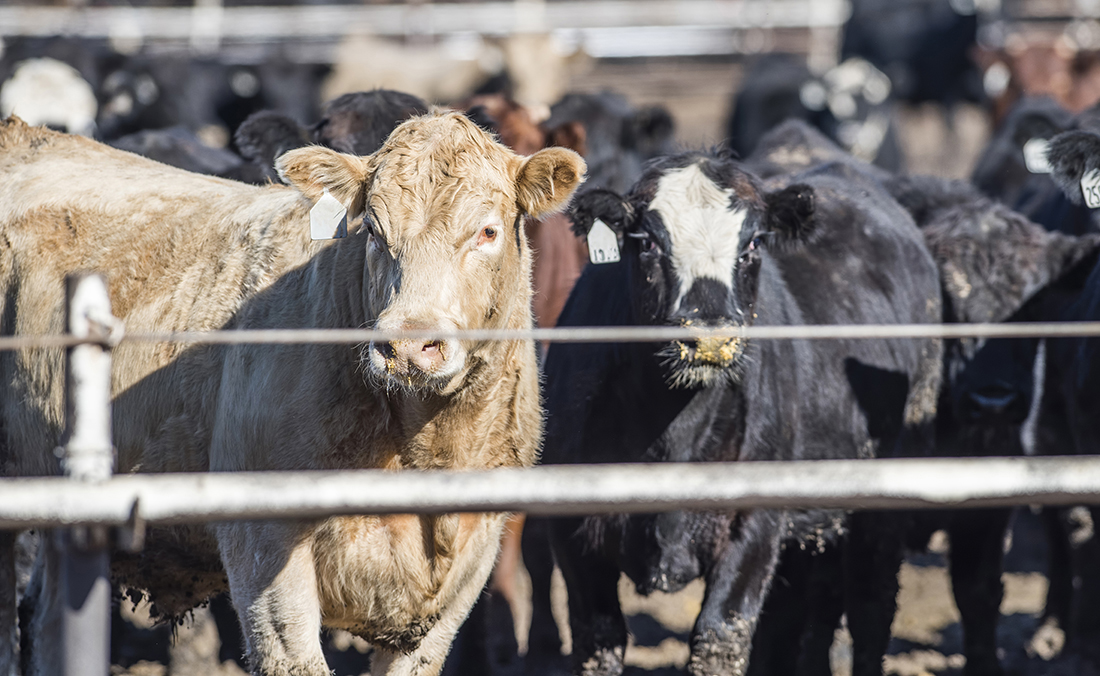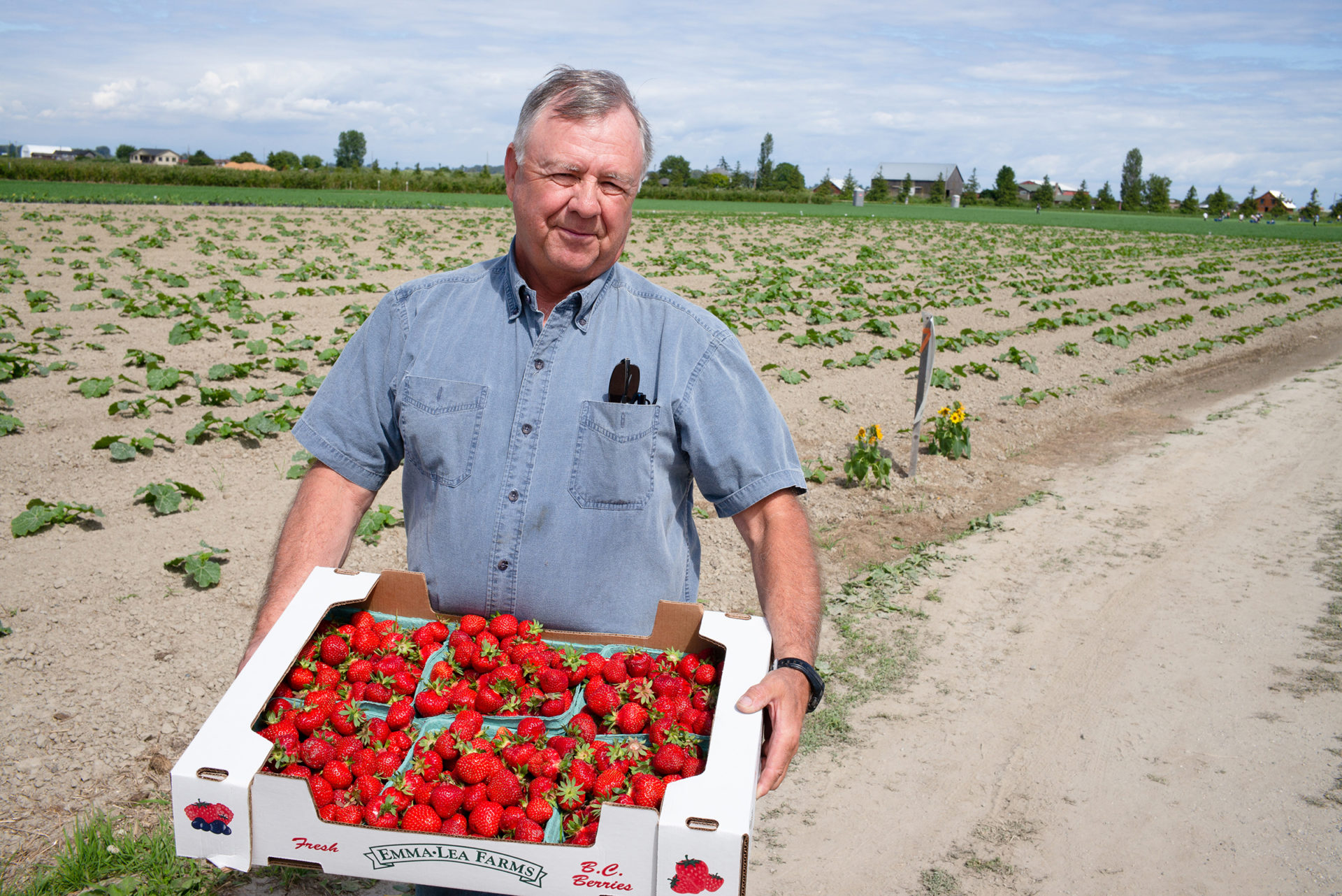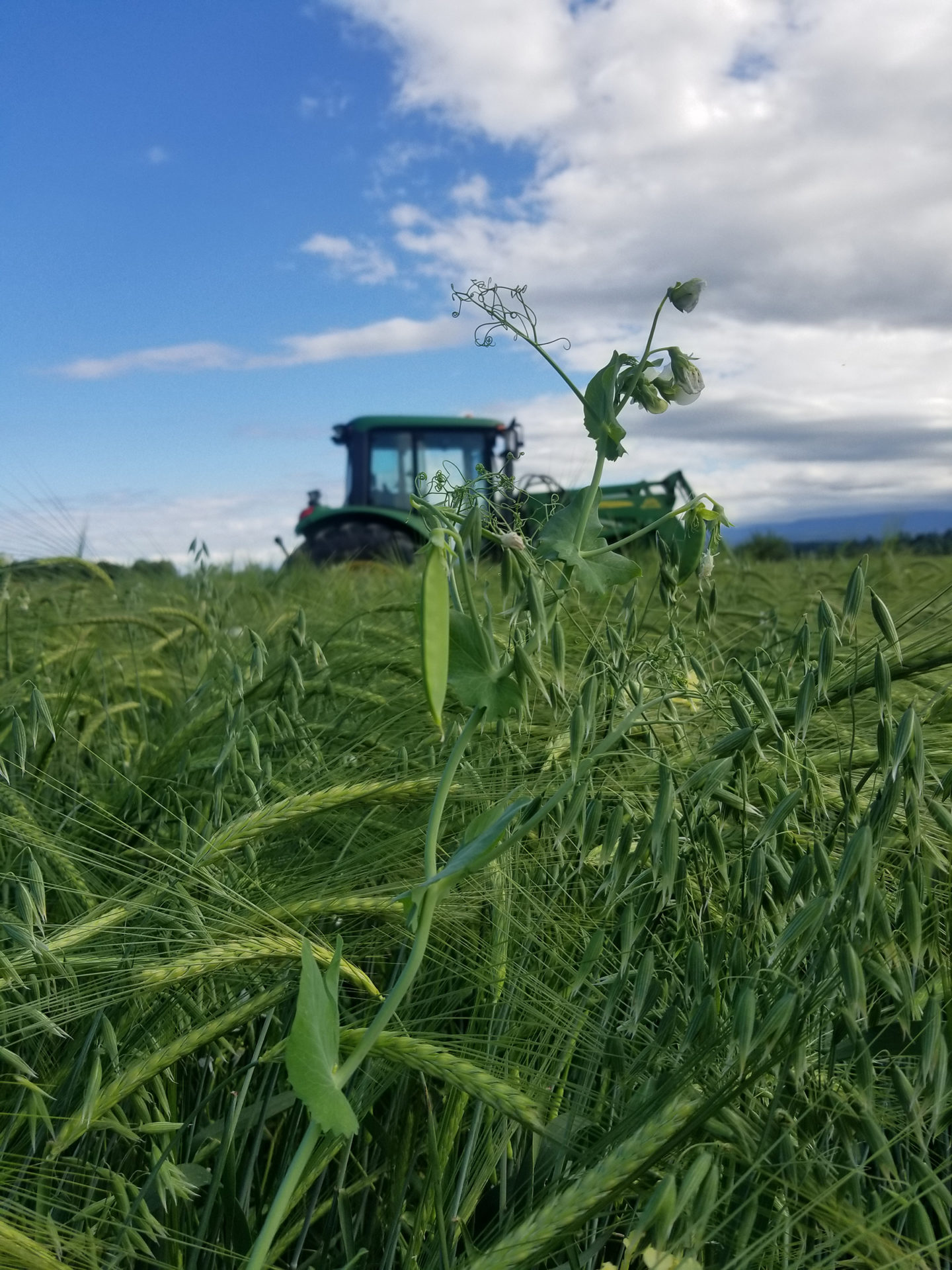SMITHERS – The possibility of a larger scale, federally inspected beef processing plant for BC is getting a boost from the province with $450,000 to support further study.
BC agriculture minister Lana Popham announced the funding at the BC Cattlemen’s Association annual general meeting in Smithers on June 1.
“Bringing a federally inspected beef processing plant to Prince George comes with so many benefits,” says Popham. “Eighty full-time, good-paying jobs by 2020, and up to 650 spin-off jobs.”
BCCA general manager Kevin Boon says multiple opportunities would follow the plant’s construction, which is estimated to cost up to $27 million.
“We see it as an opportunity to grow not only the cattle industry but also the feeding industry as well as the grain industry,” he says.
Boon cautions that the study is just the next phase in a careful planning process.
“Don’t start buying fence posts to build your own feedlot yet,” Boon told AGM delegates.
The new funds will support an industry-wide steering committee that includes people familiar with cattle industry production levels and economics, as well as operating and building packing plants.
The steering committee’s job is to thoroughly question plans for the project.
“We have told them we really want to be challenged on this,” Boon says. “We have to have people at the table who will tell us when something won’t work. We don’t want a failure.”
The committee’s first job will be to assess the three previous studies and see if they should proceed to the next phase.
“We started with a value chain market analysis,” says Boon. “We looked at what consumers in the Pacific Northwest want and what they are willing to pay more for.”
The work found that BC product can demand a premium, as can beef free of hormones and antibiotics. Animal welfare is important to customers, but they’re not willing to pay more for it.
The most recent study examined the viability of locating a plant in Prince George versus shipping cattle to Alberta. Prince George’s central location puts it within 700 km of producers, the range considered ideal given the economics of transportation.
“This gives feedlots that are already in the province more opportunity to fatten,” he says. “It will also support the growth of a larger feeding industry, likely in the Nechako area, and more feed grains to be grown in the Peace region.”
A business plan targets a daily run of 200 head or a total of about 50,000 a year. This is approximately a quarter of BC’s annual calf production, plus additional backgrounded animals.
Adding value to the BC industry is the aim of the new, local plant, Boon explains. The cattle industry in BC is really untapped for processing, he says.
“We can get a significantly higher return per whole carcass if we can process here and seek specialty markets both at home and in Asia, Europe and the Middle East for individual cuts, rather than exporting whole carcasses or selling all into the local market,” he says.
While a federal plant is required for export, retailers in Western Canada also require it to move product across provincial lines, Boon adds.
There are nine go/no go stages in the process. The first one will follow the committee’s discussion of previous work on the project.
By the end of August, if the project is a go, they will take the concept to producers for feedback. The new funds will then support work on a governance model, with the venture likely taking the form of a next-generation co-op.
“We have an extraordinary amount of work to do yet,” Boon says. “But maybe put those posts for a new feedlot on order. I think this could work.”


 Strawberries kick berry season off to a good start
Strawberries kick berry season off to a good start